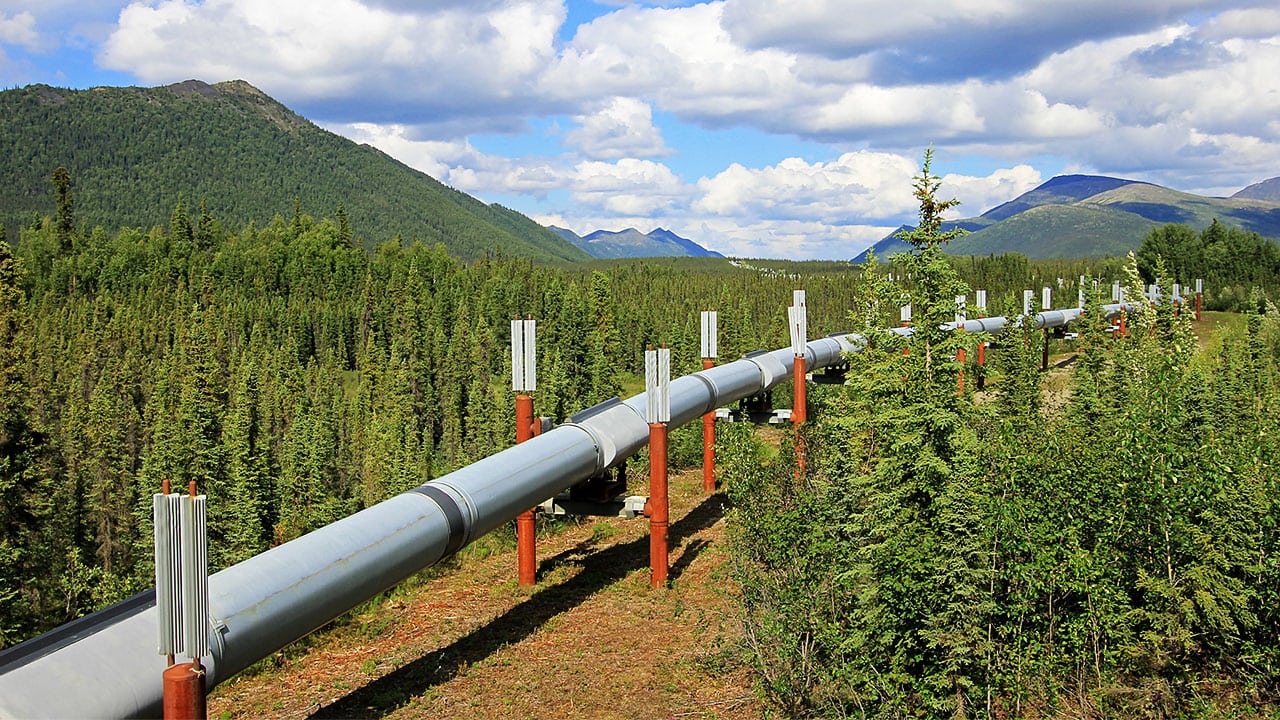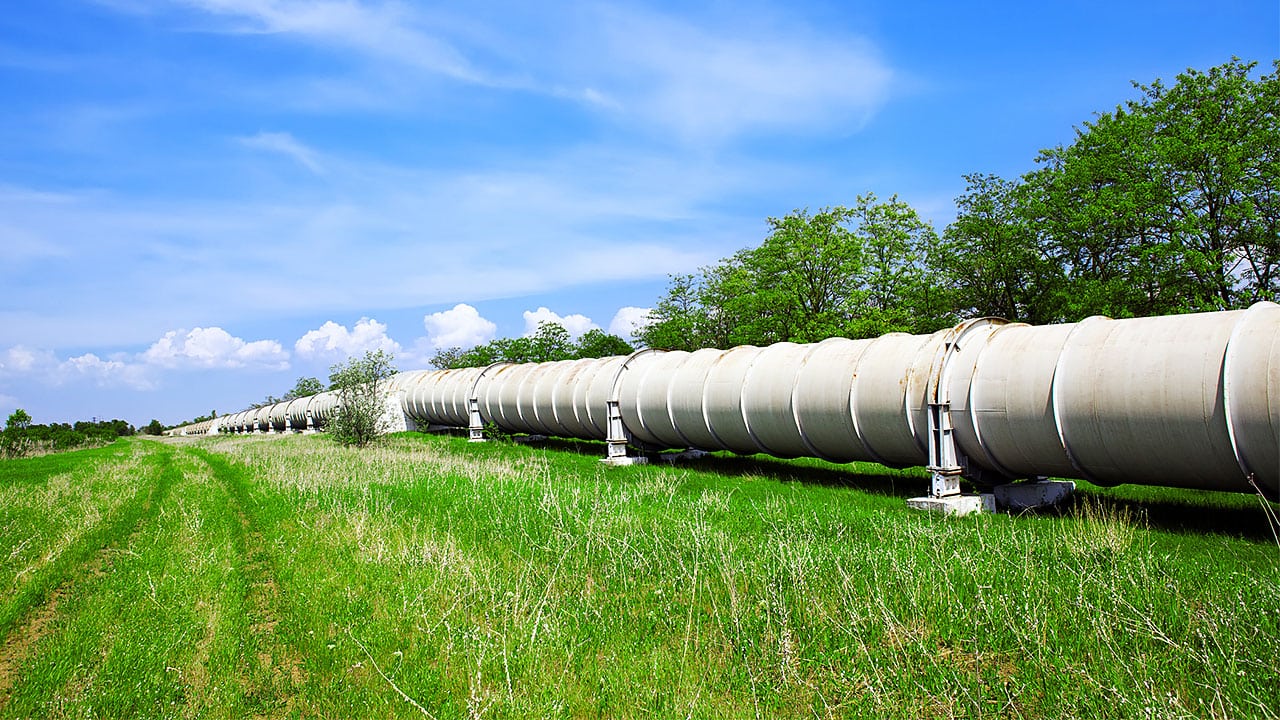Pipelines in Canada are responsible for moving over 14 million cubic meters of product across the country and must be able to cross a variety of terrains. Adapting a section of pipeline to fit its environment is one of the most complicated factors for a project involving oil and gas development, and often the use of a right-of-way (ROW) is necessary. A ROW is essentially a piece of land with a specific construction or operations purpose within the pipeline design process. Read on for a quick guide to the use of right-of-way in the creation of pipelines.
Why Does the Right-of-Way Exist?
Right-of-ways exist in order to address the issue in process piping drafting of the use of privately owned land. In order for pipeline operators to obtain a ROW, an agreement is reached with the property owner, sometimes known as an easement, which allows access to the land and for later maintenance of the pipeline after its construction. An easement simply means the pipeline operator has received legal permission to use a ROW during construction and operation of the pipeline. Generally, the landowner must also give up the right to develop portions of their land themselves, because aerial monitoring needs an unobstructed view to regulate the pipeline.
What Are the Characteristics of a Right-of-Way?
Apart from the presence of the pipeline itself, there are certain ways to distinguish a right-of-way from its surrounding landscape. ROWs are often recognizable as long corridors which are cleared of trees, buildings, or other structures with the exception of pipeline markers. The pipeline’s width depends on its diameter, so smaller above-ground pipelines may be less visible during aerial inspections, and underground pipelines are only visually represented by their markers.

Right-of-ways can often be distinguished by corridors of cleared land and various markers
Pipeline markers are an easy way to identify the presence of a ROW and are typically found near roads, railways, and other intervals, in order to indicate the general location of buried pipelines. These markers also list general information such as the operator name, emergency contact information, and a product description. In order to streamline the development process, students pursuing a process piping diploma should be prepared to work closely with land surveyors who can provide accurate information about the land to developers, operators, and landowners.
How Process Piping Drafting Plans for a Right-of-Way
When surveying the proposed route, it’s important to have all the relevant information about the property landscape and terrain at hand in order to be prepared for more detailed planning as the project moves from the design phase into construction. This includes the exact location where easements are needed, as well as the particulars of the pipeline measurements. Additionally, it is imperative to secure a legally binding agreement by working with the local jurisdiction, landowners, and attorneys specializing in pipeline law in order to guarantee legality.
A prominent aspect in process piping drafting courses is addressing landscape parameters and features, which can easily impede a pipeline throughout both planning and construction. Be aware of stream crossings, agricultural developments, animal and wildlife habitats, and historical areas. If a pipeline is going to interfere with any natural elements, a special license may have to be procured in order to define how a project can be completed with the least natural disruption possible.
Do you want to complete training for a rewarding career?
Fill out the form to get started!



